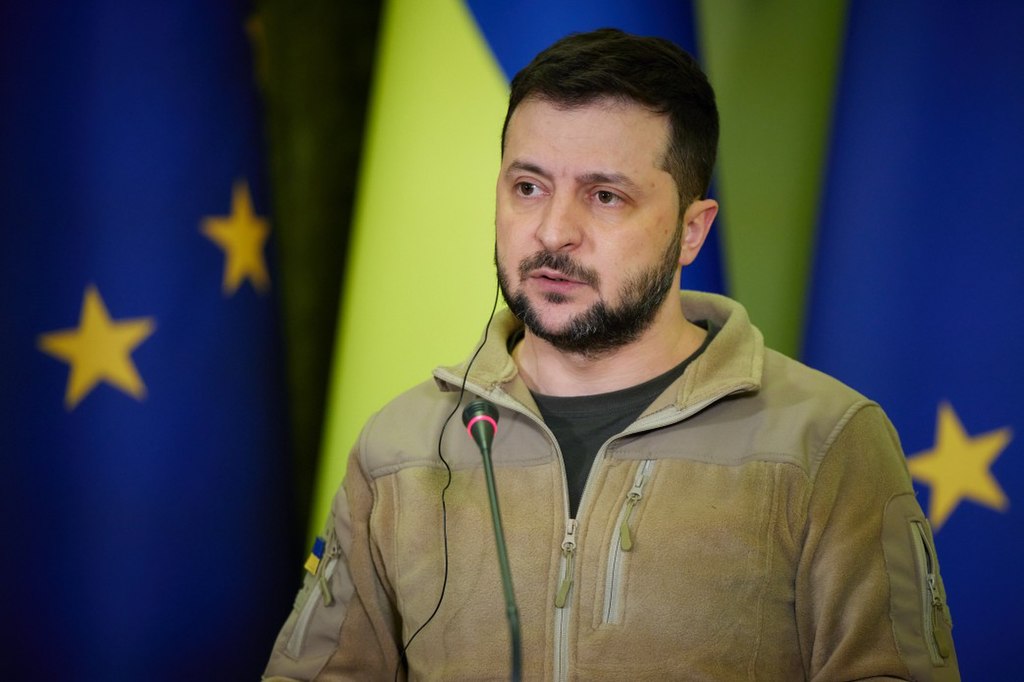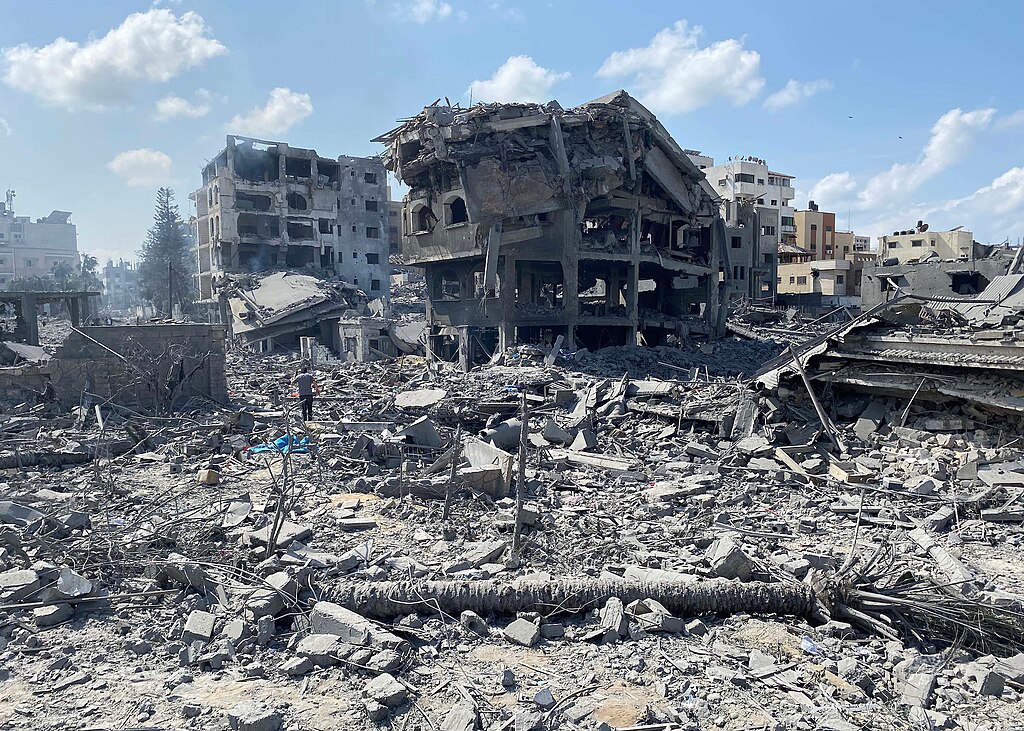International Atomic Energy Agency (IAEA) Director General Rafael Mariano Grossi recently made his 11th visit to the country since the Russian invasion began.
He met with President Volodymyr Zelensky and senior officials in Kyiv but only after a trip to a nuclear plant to assess the damage that has been done.
He inspected a substation that the nuclear power plants (NPPs) need for off-site power to cool their reactors and generate electricity for the grid.
“The situation is quite dire. We should not, I think, hide the fact,” he said as he stood next to a visibly damaged autotransformer.
“The reason that this is so important, from the perspective of the IAEA, is because of the influence of this situation on the safety of the nuclear power plants’ operation,” Grossi told journalists at the substation.
“This compromises the nuclear safety of a power plant and it could eventually lead to an accident,” he says.
“Having an external power supply is essential”.
IAEA teams inspected nine substations across the country seen as critical for nuclear safety and security, including the one visited by Director General Grossi.
Five were visited twice during IAEA missions in September, October and December 2024 as teams observed continual damage to several of them.
Recently, Ukraine’s Khmelnytskyy, Rivne and South Ukraine NPPs were repeatedly forced to cut back on power generation because of attacks to the electricity grid.
In his meetings with Ukraine’s leaders, Grossi discussed their plans to buy equipment from a delayed Bulgarian NPP project for use in new reactor units being built at the Khmelnytskyy NPP.
EARLIER REPORT: Two unhurt in drone attack on UN vehicle at Ukrainian NPP
EXPLOSIONS AND DRONES
At Ukraine’s NPPs, teams have reported hearing explosions near the sites they were based at, the IAEA says.
At the Zaporizhzhya NPP (ZNPP), a team heard multiple explosions on most days, some very close to the plant, but with no reports of damage.
Following disconnection of ZNPP’s only available 750 kilovolt (kV) power line in late January, it was reconnected two days later. The site again has two external power lines available compared to 10 before the invasion.
IAEA teams at the Khmelnytskyy, Rivne and South Ukraine NPPs and the Chornobyl site continued to report daily air raid alarms; teams were also told about drones being detected near the sites.






